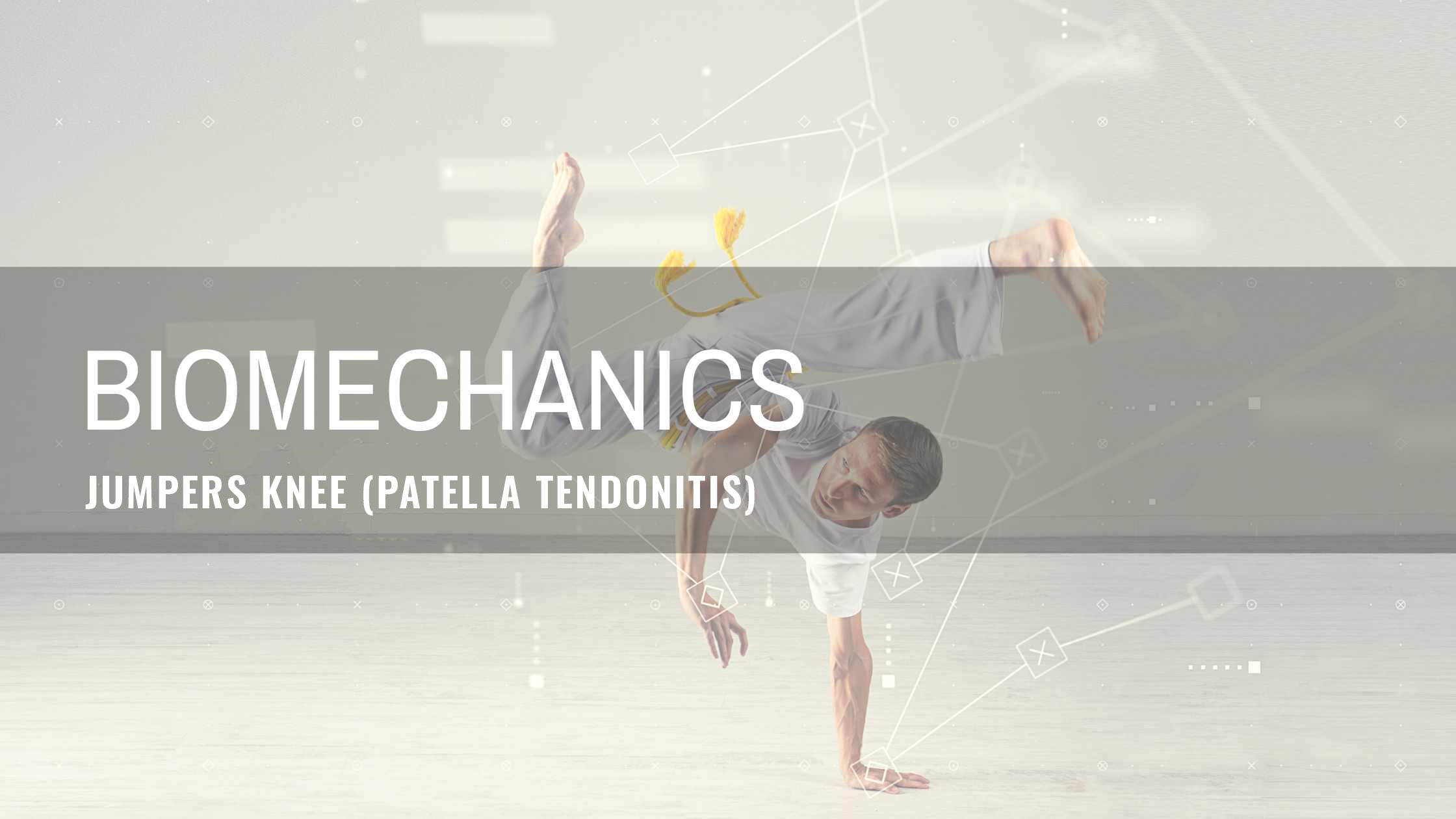
Dec 24 , 2021
0 Comments
Birkie Preventitive Exercise Series | Jumper's Knee (Patella Tendonitis)
More formally known as patellar tendinopathy. This is a painful condition of the knee, most often related to activities involving repeated and forceful knee flexion and extension, such as jumping as the name implies.
Most will complain of knee pain right below the kneecap (patella) with activities like squats, stairs, lunges, jumping or with repititve knee flexion/extension activities.
While the cause of patellar tendinopathy is multi-faceted, it is generally known as asport-related “overuse” or maladaptive training injury causing localized microtearing and inflammation of the patellar tendon.
But the good news is...
It can HEAL.
Even without expensive treatment options. It is a clinical diagnosis that also does not require expensive imaging, although ultrasound may be useful in some cases. This is most common in sports which require high power output and high eccentric loading on the quadriceps muscles such as track and field, basketball, skiing, and volleyball.
In order to better understand this condition, let’s jump into a quick anatomy lesson.
The Patellar Tendon:
If you find your kneecap and the very top of your shin bone, you should be able to easily palpate this tendon.
More specifically...
It is a large band of connective tissue running from the inferior pole of the patella to a bony prominence called the tibial tuberosity. It acts as an indirect attachment of a quite powerful muscle of the leg, the quadriceps. The quadriceps muscles on the front of the thigh come together to form a common tendon (quadriceps tendon) which attaches to the top portion of the patella.
The patella then comes into play.
It is the largest sesamoid (free floating) bone in the human body, and acts to biomechanically increase the lever arm of the quadriceps. The patellar tendon then is the continuation of this system.
And...
It ultimately terminates at the tibial tuberosity on the anterior surface of the shin bone. This tendon and its attachment need to have the capacity to withstand significant amounts of force over its lifetime.
Higher level of activity = Higher level of force load to the tendon.
So WHAT ACTUALLY CAUSES THIS PAIN?
As mentioned before, it is thought that this condition is multifactorial. There are ultimately nine major risk factors for the development of patellar tendinopathy. These risk factors include: increased weight, increased BMI, waist-to-hip ratio, leg-length difference, arch height of the foot, quadriceps flexibility, hamstring flexibility, quadriceps strength, and vertical jump performance.
Additionally...
Individuals participating in sports with a high frequency of jumping are at increased risk. As with any overuse injury, the pain caused by patellar tendinopathy can result in GLOBAL MOVEMENT COMPENSATIONS that have been mentioned before. Compensations such as shortened step or stride length, excessive hip hiking or even an antalgic/limping gait pattern may result if not addressed properly.
WHAT CAN YOU DO TO ADDRESS THIS?
First of all...
From a preventative stance, following a periodized training schedule to introduce
appropriate workload to ensure tissues safely and readily form meaningful adaptations over time. This will help you to avoid overloading the patellar tendon and surrounding tissue. Other treatment options include simple ice massages and specific exercises aimed at providing the proper stimuli for the patellar tendon to heal.
We would recommend the following exercises:
Assess:
Single leg decline squat:
Standing on one leg with the heel raised, slowly lower into a single leg squat.
Pain at the area of the anterior/inferior knee is a positive result (note: a test result positive for pain is not solely diagnostic for patellar tendinopathy and should be evaluated further by a trained medical professional).
Mobilize with roller or massage gun:
- Quadriceps x 2 min
- Adductors x 2 min
Activate:
- Prone knee flexion x 2 min
- Side lying hip abduction with isometric hip extension x 2 min
Integrate:
- Spanish Squats 2 x 2 min
- Single Leg Decline Squat 3 x 15 (15-30 degree decline board, knee flexion to~60 degrees or less)
- Once no pain with functional daily activities, add in plyometric/power type exercises like jump-land training with proper mechanics 3-5 sets x 4-6 reps
With these changes made, your body will be able to more efficiently move and
transmit the forces required for your activity.
Thus, decreasing the likelihood of sharp jumper’s knee/patellar tendon pain.
And better yet... IMPROVING PERFORMANCE!
Again as always, in the case that these changes do not help, there are more
individualized treatment options available like manual therapy/mobilizations and other modalities that a skilled physical therapist or movement specialist may be able to assist
with.
And Remember... YOUR BODY WAS DESIGNED TO MOVE!
1. Reinking MF. Current concepts in the treatment of patellar tendinopathy. Int J Sports Phys Ther, 2016 Dec: 11(6): 854-866.
2. Malliaras P, Cook J, Purdam C, Rio E. Patellar tendinopathy: clinical diagnosis, load management, and advice for challenging case presentations. Journal of Orthopaedic & Sports Physical Therapy, 2015 Oct: 45(11): 887-898.
https://www.jospt.org/doi/10.2519/jospt.2015.5987
3. Silva RS, Ferreira ALG, Nakagawa TH, Santos JEM, Serrao FV. Rehabilitation of patellar tendinopathy using hip extensor
strengthening and landing-strategy modification: case report with 6-month follow up. Journal of Orthopaedic & Sports Physical Therapy, 2015 Oct: 45(11): 899-909. https://www.jospt.org/doi/10.2519/jospt.2015.6242





